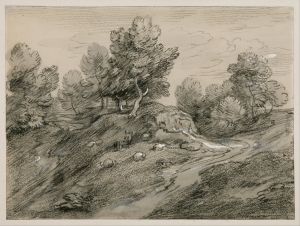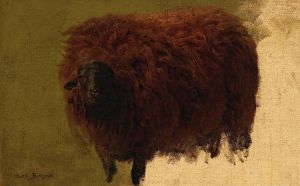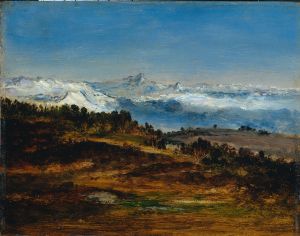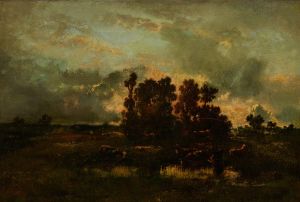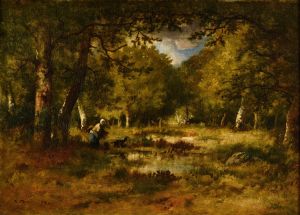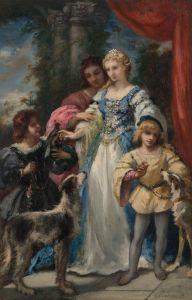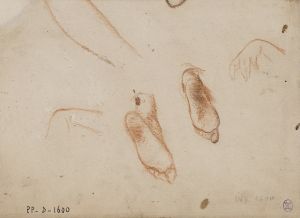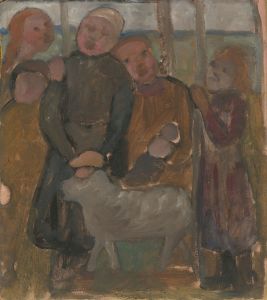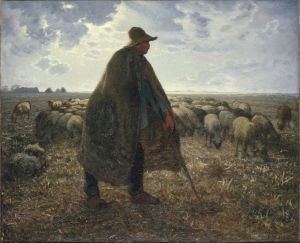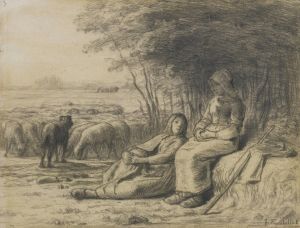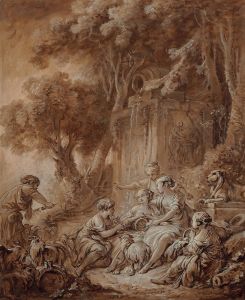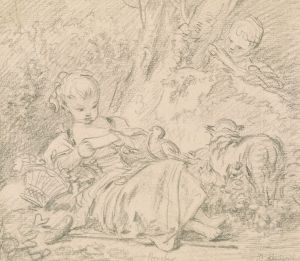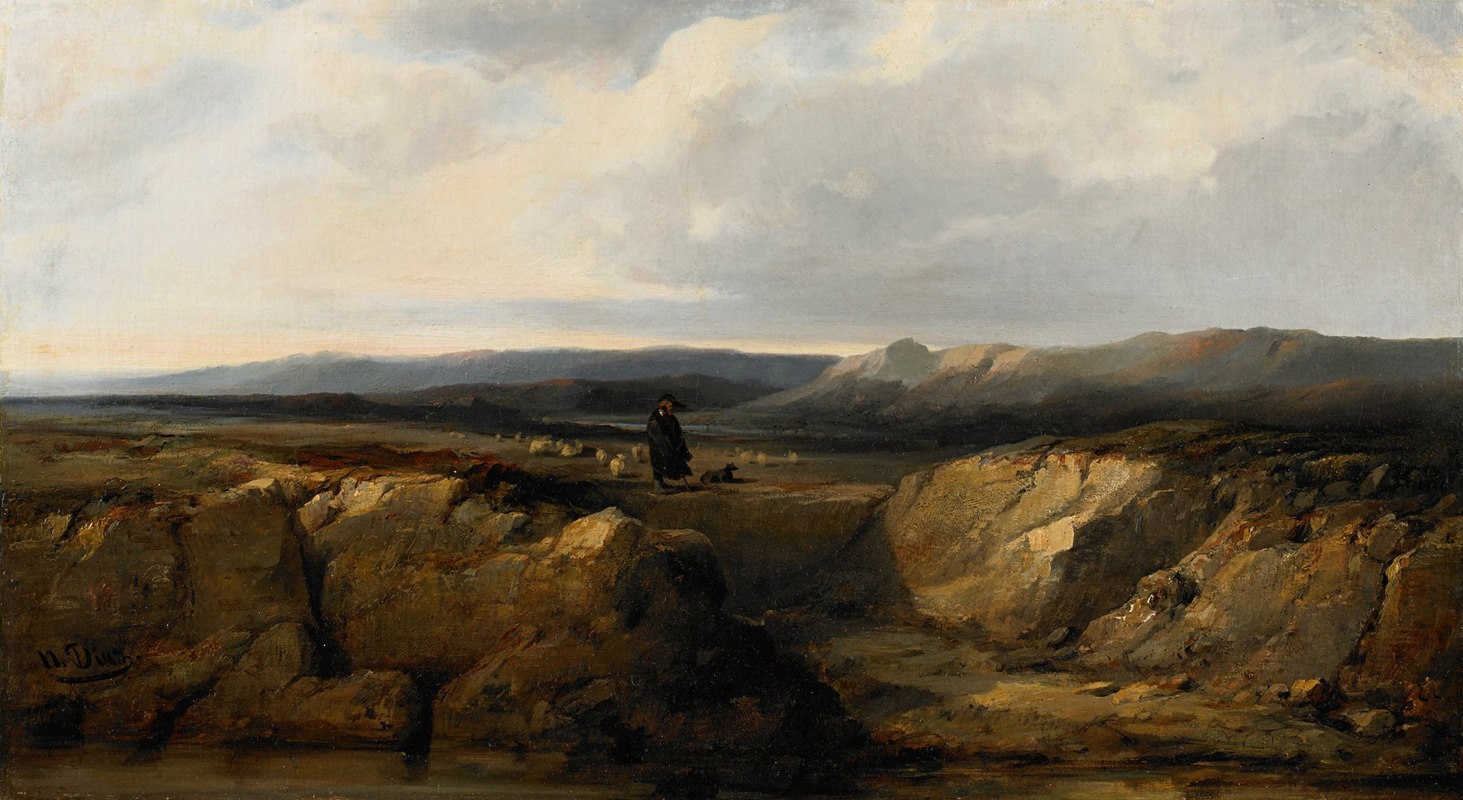
The Shepherd and his Flock
A hand-painted replica of Narcisse-Virgile Diaz de La Peña’s masterpiece The Shepherd and his Flock, meticulously crafted by professional artists to capture the true essence of the original. Each piece is created with museum-quality canvas and rare mineral pigments, carefully painted by experienced artists with delicate brushstrokes and rich, layered colors to perfectly recreate the texture of the original artwork. Unlike machine-printed reproductions, this hand-painted version brings the painting to life, infused with the artist’s emotions and skill in every stroke. Whether for personal collection or home decoration, it instantly elevates the artistic atmosphere of any space.
Narcisse-Virgile Diaz de la Peña was a prominent 19th-century French painter associated with the Barbizon School, a movement that emphasized naturalism and the depiction of rural landscapes. One of his notable works is "The Shepherd and his Flock," which exemplifies his skill in capturing the serene beauty of pastoral life.
Diaz de la Peña was born in Bordeaux, France, in 1807, and he became known for his richly colored and atmospheric landscapes. His work often featured forest scenes, rural life, and figures immersed in nature, reflecting the Barbizon School's focus on painting en plein air, or outdoors, to capture the natural light and environment.
"The Shepherd and his Flock" is a testament to Diaz de la Peña's ability to convey the tranquility and simplicity of rural existence. The painting typically depicts a shepherd tending to his sheep, set against a lush, verdant landscape. The composition often includes elements such as trees, rolling hills, and a sky that may be either clear or filled with dramatic clouds, depending on the specific version or interpretation of the scene.
Diaz de la Peña's technique is characterized by his use of vibrant colors and loose brushwork, which imbue his landscapes with a sense of immediacy and vitality. His ability to capture the effects of light and shadow adds depth and dimension to his paintings, drawing the viewer into the serene world he portrays.
The Barbizon School, named after the village of Barbizon near the Forest of Fontainebleau, was a precursor to the Impressionist movement. Artists of this school, including Diaz de la Peña, sought to break away from the formalism of academic art and instead focus on the natural world. They were inspired by the works of John Constable and other landscape painters who emphasized realism and the beauty of the natural environment.
Diaz de la Peña's work, including "The Shepherd and his Flock," played a significant role in the development of landscape painting in the 19th century. His paintings were well-received during his lifetime, and he exhibited regularly at the Paris Salon, where he gained recognition for his distinctive style and contribution to the Barbizon movement.
While specific details about "The Shepherd and his Flock" may vary, the painting remains an important example of Diaz de la Peña's oeuvre and his dedication to capturing the essence of rural life. His work continues to be appreciated for its artistic merit and its role in the evolution of landscape painting.
In summary, "The Shepherd and his Flock" by Narcisse-Virgile Diaz de la Peña is a notable work that reflects the artist's mastery of landscape painting and his association with the Barbizon School. Through his use of color, light, and composition, Diaz de la Peña successfully conveys the peacefulness and beauty of pastoral scenes, making a lasting impact on the art world of his time.





